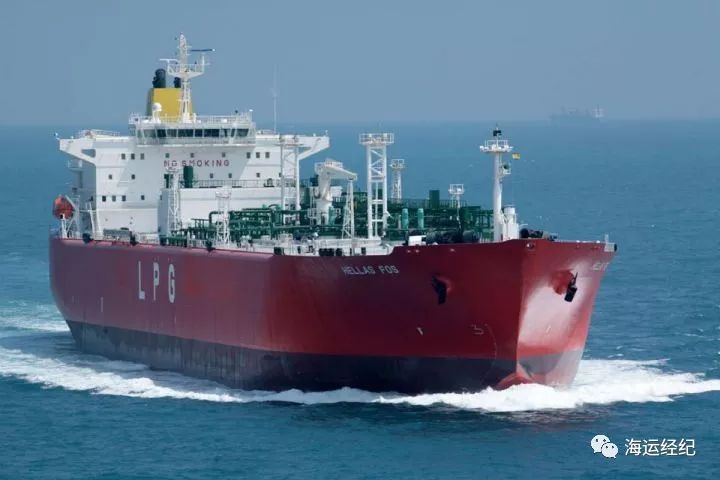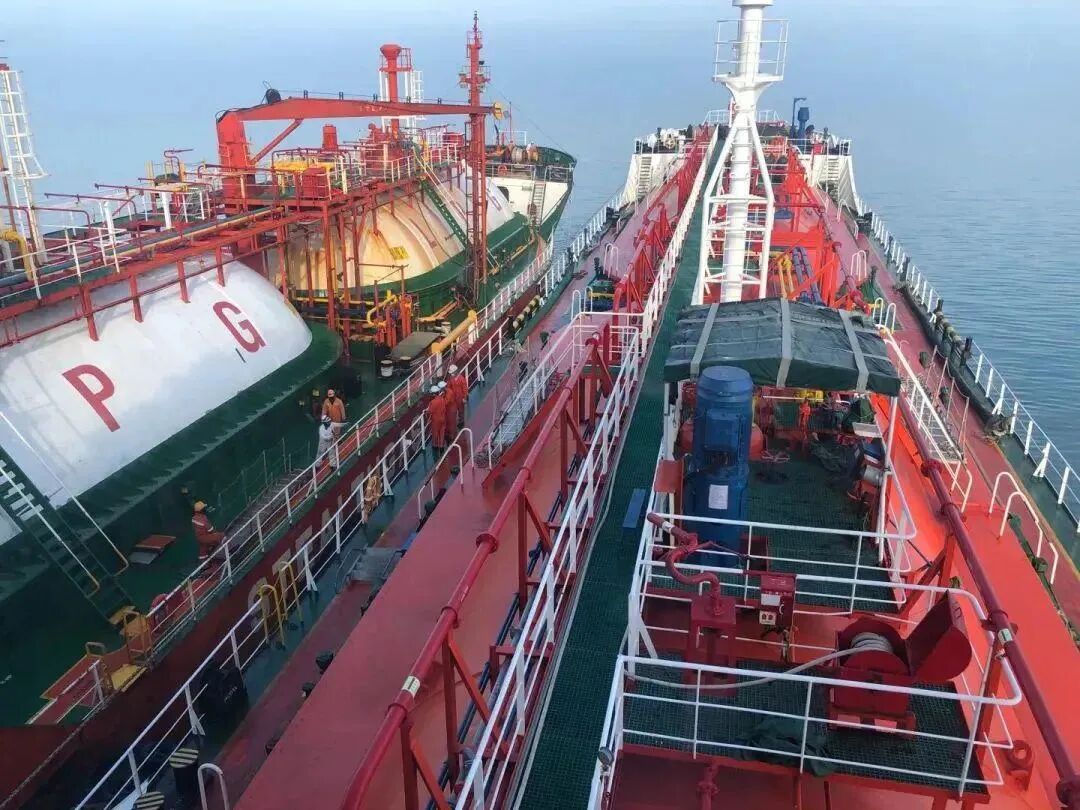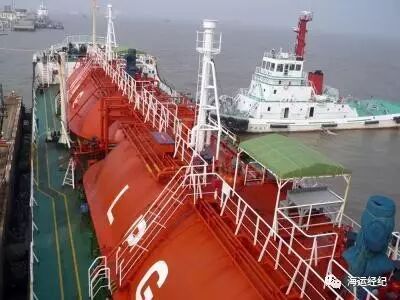China's Propylene: Production Capacity Accounts for 40% of Global Total!

In recent years, with the improvement of production levels and technological optimization, the global propylene industry has undergone profound changes, and the trade pattern has been restructured. The PDH industry in China and large refining and chemical enterprises are the main driving forces. As of 2024, global propylene production capacity exceeds 177 million tons, with over half concentrated in Northeast Asia. China is the largest producer, accounting for about 40% of global capacity.
From a global perspective, North America, the Middle East, and Eastern Europe are export regions for propylene, while South America, Northwestern Europe, and Northeast Asia are import regions, with major importing countries including China, Germany, France, and Colombia. Northeast Asia is the largest consumption area, accounting for 54% of global consumption, with China being the main consuming country. In 2019, global propylene imports reached their peak, but subsequently declined due to the increase in production capacity in China.
The transportation of propylene is challenging, with the supply primarily self-balanced within near-sea regions, and less cross-regional circulation. Excess propylene from the United States mostly flows to South America, while a self-balancing system centered around China forms in Northeast Asia. South Korea is the largest exporter, with 1.489 million tons expected to be exported to China in 2024, accounting for 73.8% of China's imports. Japan exports 374,000 tons, accounting for 18.5%, with the two countries together accounting for 92.3%.
Due to the impact of tariff policies and corporate facility adjustments, Taiwan's exports to the mainland dropped from 290,000 tons in 2023 to 20,000 tons in 2024, with the proportion decreasing from 12.3% to 1.2%. China's reliance on imported propylene has declined since 2014, from 14.2% to 3.6% in 2024.

In the long term, as production capacity is released and supply becomes abundant, the dependency on imports is expected to further decrease. Since propylene is an important chemical raw material with high transportation requirements, enterprises tend to configure integrated facilities, leading to a decrease in the commercialization rate of propylene from 41% in 2015 to 15% in 2024. The domestic circulation of propylene shows a trend from west to east and from north to south, with major outflow areas being Northwest, Northeast, North China, and Central China, and inflow areas being East China, Shandong, and South China, while the gap in the Southwest is small.
Shandong and East China are production and consumption concentration areas with supply gaps, making them active regions for spot trading. Shandong's gap is supplemented by Northeast China, while East China relies on imports for supplementation, with Zhejiang serving as the distribution hub within the region.

【Copyright and Disclaimer】The above information is collected and organized by PlastMatch. The copyright belongs to the original author. This article is reprinted for the purpose of providing more information, and it does not imply that PlastMatch endorses the views expressed in the article or guarantees its accuracy. If there are any errors in the source attribution or if your legitimate rights have been infringed, please contact us, and we will promptly correct or remove the content. If other media, websites, or individuals use the aforementioned content, they must clearly indicate the original source and origin of the work and assume legal responsibility on their own.
Most Popular
-

Zf asia-pacific innovation day: Multiple Cutting-Edge Technologies Launch, Leading Intelligent Electric Mobility
-

Mexico officially imposes tariffs on 1,400 chinese products, with rates up to 50%
-

Fire at Sinopec Quanzhou Petrochemical Company: 7 Injured
-

List Released! Mexico Announces 50% Tariff On 1,371 China Product Categories
-

Argentina Terminates Anti-Dumping Duties on Chinese PVC Profiles! Kingfa Technology & Siemens Sign Digital and Low-Carbon Cooperation Agreement






